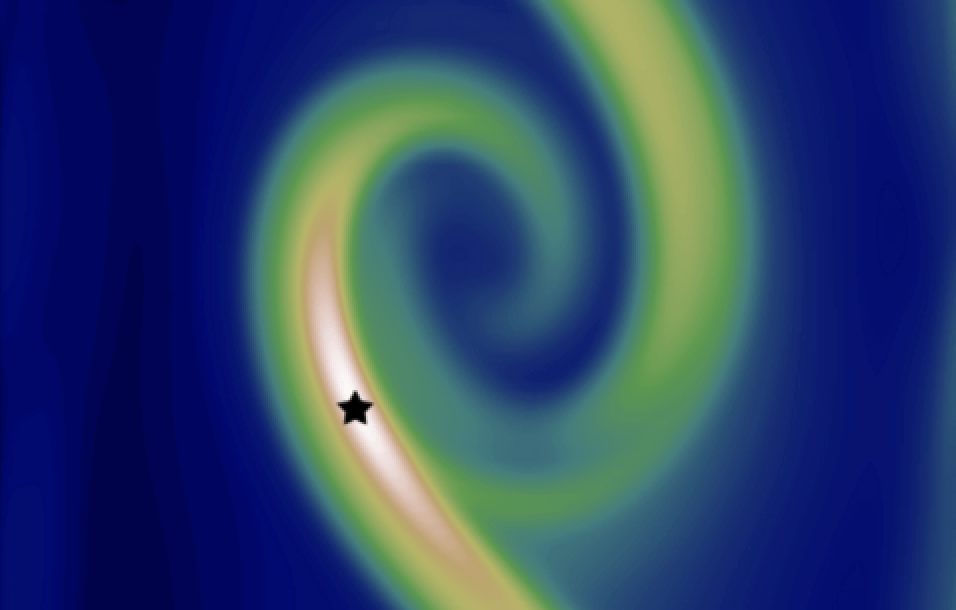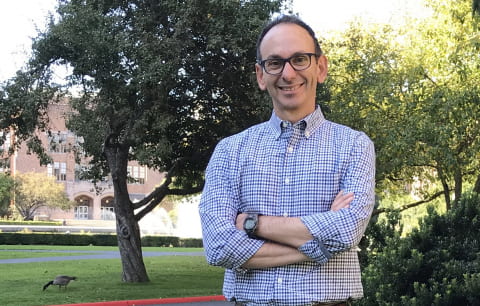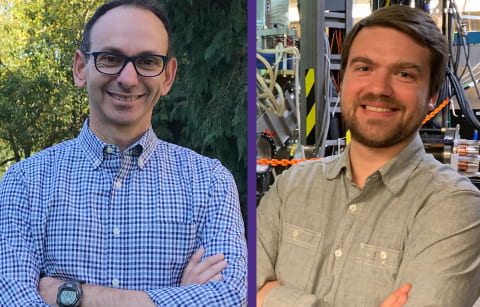Material heated to a sufficiently high temperature will ionize and form a plasma. Plasmas consist of electrons, ions, and neutrals, which interact through short-range intra-species and inter-species collisions. The plasma’s charged species also generate and interact with long-range electric and magnetic fields. The ability to exert long-range body forces allows remote manipulation that includes magnetic confinement of high energy density plasmas for fusion energy and electromagnetic acceleration to high speeds for plasma propulsion.
Modeling plasma dynamics is uniquely challenging. Complete N-body calculations are precluded by the large number of particles in most plasmas, typically N is O(1023) with O(N2) interactions among charged species. Statistical approaches can alleviate the difficulty introduced by the large number of particles. However, the different masses of the plasma species lead to vastly disparate temporal and spatial scales.
The challenge of multiple scales is further exacerbated in nearly all plasma devices because the plasmas are much larger than any intrinsic spatial scale and operate for much longer than any intrinsic temporal scale. The multi-scale nature of plasmas can be addressed through mathematical reduction by applying asymptotic approximations to higher fidelity models to produce computationally tractable models that retain the relevant physical mechanisms.
We develop novel computational algorithms that simulate plasma dynamics with high-order accuracy using high-fidelity plasma models.
The plasmas are modeled with the magnetohydrodynamic (MHD) model and by more physically complete multi-fluid and kinetic plasma models. Multi-fluid and multi-species models allow for separate treatment of plasma and neutral constituents. The algorithms are implemented on parallel supercomputers using the message passing interface (MPI).
The codes are applied to study computational plasma science and develop insight into plasma phenomena. Codes developed include a 3-D MHD code, WARP3, a co-located electrodynamics code that includes current sources, WARP4, and a full multi-fluid (electron, ion, neutrals, impurities, …) code, WARPX, a continuum kinetic code WARPM, and a full multi-fluid code for unstructured grids WARPXM. The codes and models are coupled to form hybrid combinations.
Recent News
Paper by Daniel Crews wins IEEE first place
Crews’s paper on the validity of quasilinear theory wins best student paper at IEEE Conference
UW Aero & Astro News
A&A professor Uri Shumlak elected American Physical Society Fellow
A&A’s Uri Shumlak has been elected a Fellow of the American Physical Society for his Z-pinch research.
UW Aero & Astro News





